Welcome to Cotter
A railroad boom town that sprang up in the early 20th century, Cotter was once the largest town in North Arkansas. Today it is a well-known river town offering excellent trout fishing amid incredible scenery. The clear cold waters flowing along the banks of Cotter attract anglers in search of trophy trout. Fly fishermen, spin casters, experts and novices visit from around the world to cast into the White River for rainbow, brown, brook and cutthroat trout. The town bills itself as the “Trout Capital of the USA.” America’s best trout fishing in terms of the number and size of trout it produces is quite possibly the upper White River. Three to five pound brown trout are common. Rainbows of 11 to 16 inches are plentiful. With a mild climate in all four seasons, Arkansas has year-round fishing. There’s plenty of public access available, and excellent shore or wade fishing depending on water levels. Excellent guide services abound as well.
The White River flows past limestone bluffs and woodland areas where wildlife abounds. A significant attraction along the water is Big Spring Park. It contains a two-mile walking trail that follows the river upstream to the Denton Ferry site, which is a part of the Trail of Tears. Or head downstream across the walking bridge. The park contains picnic areas, a playground, swimming hole, boat ramp and more. Also at the park is the Anglin-Tinnon Railroad Workers’ Memorial, an impressive array of displays to honor the men who worked on the White River route of the St. Louis, Iron Mountain and Southern railroads, which later became the Missouri Pacific. It contains two cabooses, a conductor’s statue, a history of the town and the names of railroaders engraved in stone.
In addition to the sparkling water, another visible charm is the R. M. Ruthven Rainbow Arch Bridge, originally dedicated in 1930 and renovated in 2004. The largest Marsh Rainbow Arch Bridge known to exist today, it is on the National Register of Historic Places. The reinforced-concrete rainbow arch design was patented by James Marsh in 1912. This five-arch span was a major factor in the development of transportation in north-central Arkansas.
Hiking, shopping, festivals, canoeing, and kayaking are other popular pastimes. Cotter’s historic downtown area contains restored buildings, and gift and antique shops. The city has 31 historical markers on its buildings and landmarks. Cotter Trout Fest is held annually the first weekend in May, along the White River at Big Spring Park. The area is filled with vendors, exhibitors, food, live music and treats for the kids.
History of Cotter
According to legend and folklore as well as history, prior to the white man settling in the Ozarks, the Cotter area was inhabited by bluff dwellers living in the many caves and rock shelters. This area was then known among the Indians as the “Province of Coligoa.” One of the first original accounts of the white man visiting this area was Hernandez DeSoto in his journey through Arkansas in 1543 were he and his band of Christians was welcomed by Chief Ozarkus at what we now know as the Big Spring in Big Spring Park. In 1829, the Cherokees, known as the civilized tribe, made their way westward to Oklahoma during their infamous march known as “The Trail of Tears.” Today, Cotter streets bear the historic signs noting parts of that trail.

In 1868, Jonathan Cunningham homesteaded 300 acres here, but later sold his property to L.P. Kemp in 1883. At that time, there was a ferry landing about 100 yards downriver from the R.M. Ruthvin Bridge, better known as Cotter’s Rainbow Arch Bridge. The ferry landing was called Lake’s Ferry and was operated by the power of the river itself, with no other power required.
Later, the Cotter townsite of 300 acres was owned by the Red Bud Realty Company and were incorporated into the Company in 1903. The principles of Red Bud Realty Company were W.V. Powell of St. Louis, Jerry South and Thomas Combs, remembered today mainly because Cotter streets are named for them.
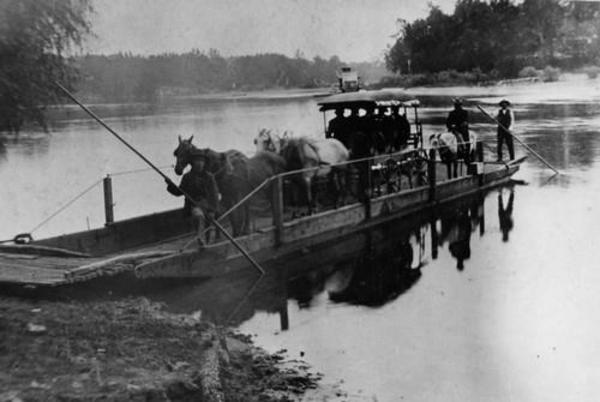
When the St. Louis, Iron Mountain & Southern Railroad, which later became a part of the Missouri Pacific System, was laying track from Newport, Arkansas to Carthage, Missouri, a convenient midway site for a division point was at the White River in Baxter County. The place was named Cotter in honor of one of the civil engineers, Rail Road Manager, William Cotter, on the project and a city was born……
The community’s leaders petitioned to incorporate the town on July 7, 1904, and the City of Cotter was officially opened November 23, 1905.

Most likely because of the contagious excitement of the Iron Horse spawning a new town in the Ozarks, the city’s opening was the largest northern Arkansas had ever seen. According to “The History of Baxter County,” it was reported that 4,000 people attended the city’s opening, more than four times the current population.
Today, citizens as well as tourist enjoy Cotter as a quiet, but uniquely historic, little town nestled in a peninsula of the White River in northern Arkansas. We are a very family oriented community and embrace the natural beauty and entertainment of the Ozarks.
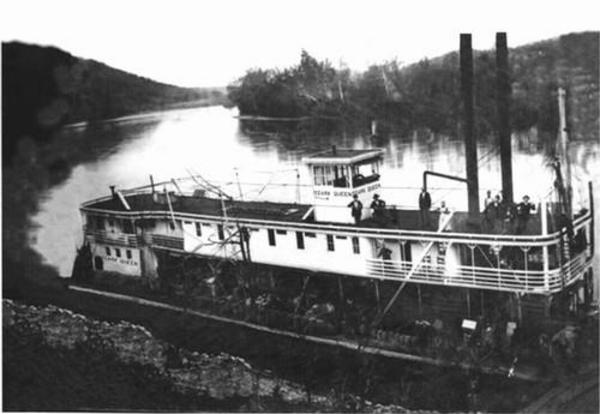
Additional Information
History of the Bridge

The Cotter Bridge, also known as the R.M. Ruthven Bridge named after the County Judge, has become one of Cotter’s most historical objects. The Cotter Bridge is most likely the biggest bridge of its kind still standing. The Cotter six-span Bridge was designed by the Marsh Engineering Company, and was patented by James Marsh in 1912.
The Cotter Bridge was built by the Bateman Contracting Company of Nashville, Tennessee in 1929. The construction of the bridge cost $500,000 and it is approximately 1,850 feet long.
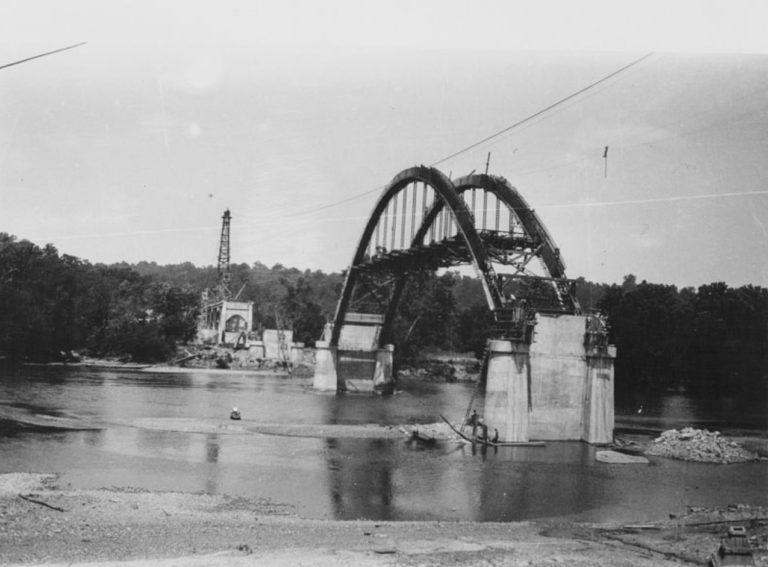
The Cotter Bridge stood for seventy-three years before they started restoring it in 2002. There were forty-four workers who worked on restoring it and even though there was a delay, on August 4, 2003, they were able to finish restoring the bridge. They were able to have the Cotter Bridge finished in 2004. The lighting of historical Cotter Bridge with more than 3,000 lights was celebrated on December 13, 2004.
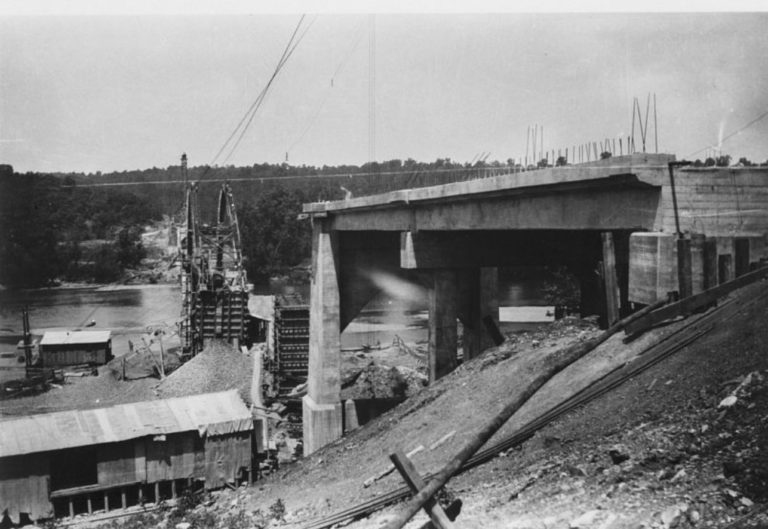
The re-dedication of the bridge was a day to remember. It started on September 24th at two p.m. with the singing of our national anthem and the flying of three vintage aircraft from Cotter’s “Air Force” over head at the Valley Fly-In. At 3:00 p.m. the cannon roared to proclaim the re-opening of the R.M. Ruthven Bridge. There were war re-enactors from Mountain Home and Bakersfield, Missouri. The war re-enactors fired their 12 pound Napoleon cannon on the signal given by Hart’s Battery while the Cotter fire Department sprayed arches of water to add to the already vast celebration. The ribbon on the bridge was cut by Mayor Bill Jennings of Cotter and Mayor Mary Jane Erwin of Flippin.

The mayor led a ten vintage cars across the bridge. The cars included a 1923 Buick Roadster, 1926 Ford Phaeton, 1927 Ford Model T, 1929 Desoto, and several others. The speakers included: Bill Jenning, Wayne Ruthven, Forrest Wood, and Jonathan Barnett. A poem was written by Herbert Messick, and was read by his daughter Mary Ann Messick. It was dedicated to all the workers who worked on restoring the bridge and to all the men years ago who built the very historical rainbow arch bridge. Being historical is not the only great thing about this very monumental rainbow arch bridge. It also stands over the White River, where the most beautiful trophy rainbow trout, brown trout, brook trout, cutthroat trout, jack salmon, buffalo, red-horse suckers, and enormous catfish live. If you like to fly fish, spin cast, or just love ordinary fishing you’ll have the time of your life.
Additional Information
Anglin-Tinnon Railroad Workers Memorial
Honors Cotter’s railroad history and the workers who lived it. At the entrance to the memorial grounds is a black granite monument that highlights the founders and four railroad emblems: Missouri Pacific Iron Mountain, Missouri Pacific, Union Pacific, and M&NA (Missouri and North Arkansas); an engraving of a locomotive is on the back.
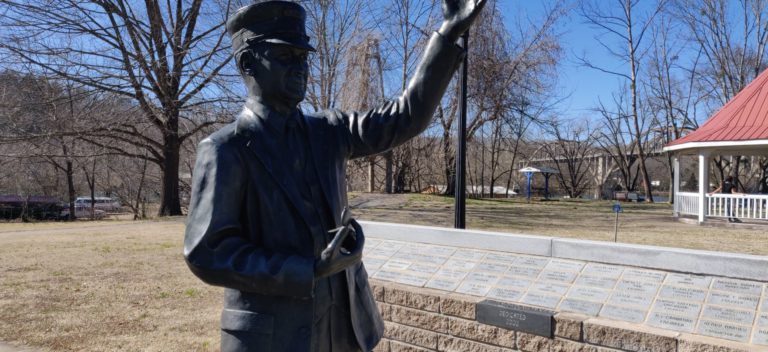
Also in the park are a restored Missouri Pacific Caboose 11351 built in 1948 and a Rock Island Caboose 17843, a converted 1915-era boxcar. This wood and steel caboose is unique in that very few exterior, horizontally wood-sheathed and outside steel braced cabooses that were converted from early 1900 built boxcars exist today. A brick memorial wall containing the names of workers surrounds the life-size sculpture of a conductor.
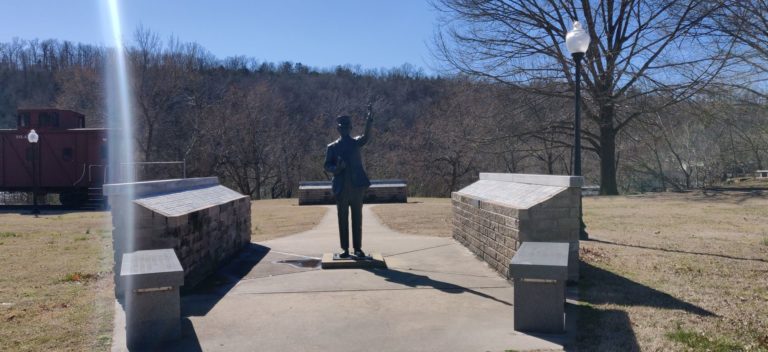
Download Additional Information
Walnut Hill Cemetery
The Walnut Hill Cemetery, also known as the Cotter Cemetery, is located off the West end of Walnut Hill Lane, off U. S. Highway 62, in the City of Cotter.
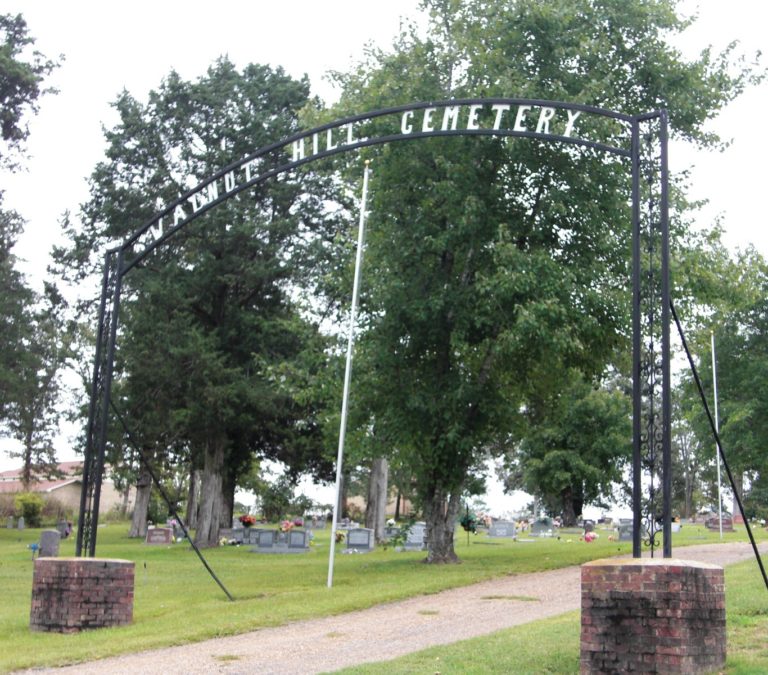
The cemetery was established in 1905 when the town was started by the Missouri Pacific Railroad. The City of Cotter maintains the cemetery and is also in charge of the sale of cemetery lots. Cemetery records are on file in the Recorder-Treasurer’s Office at the City Hall.


